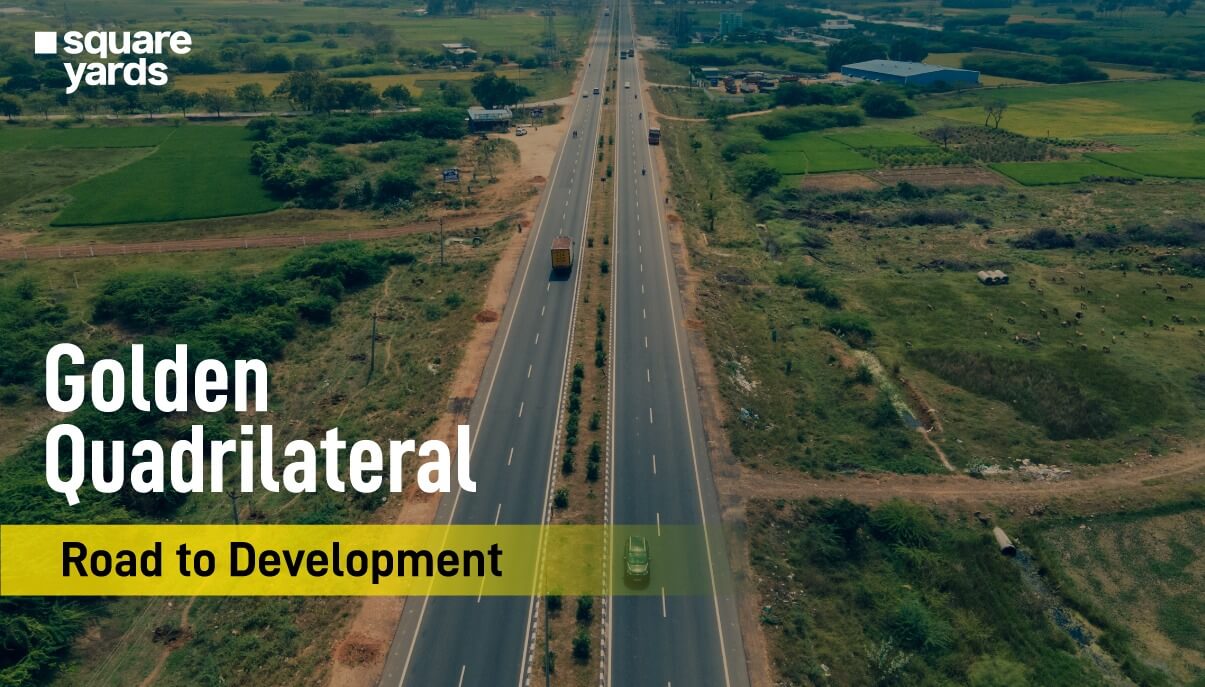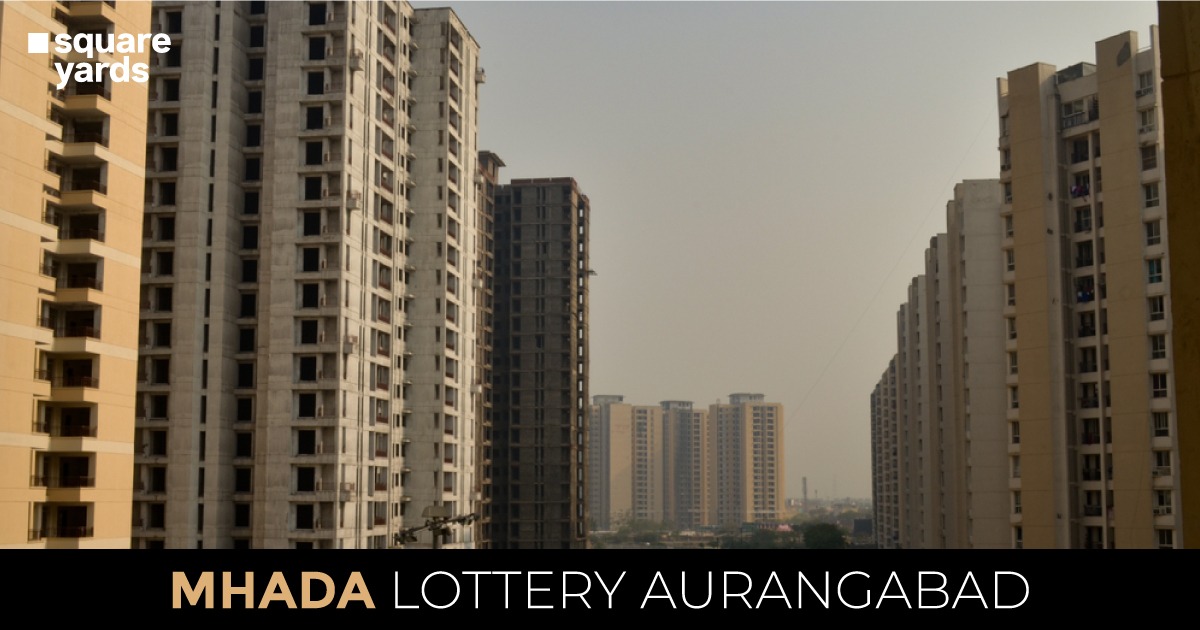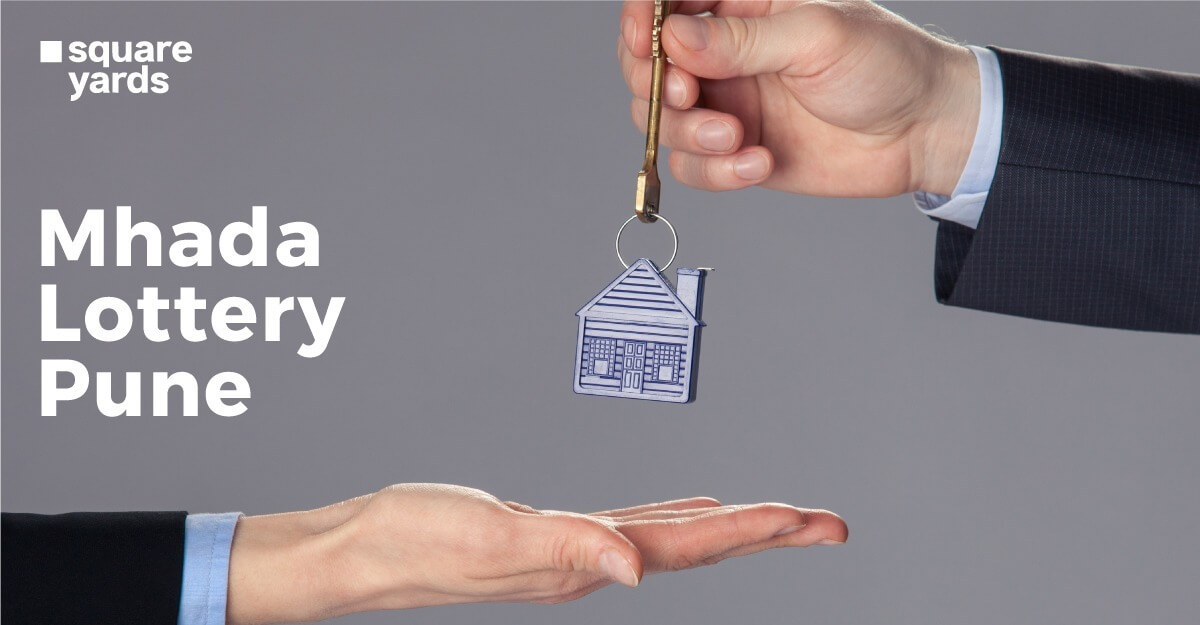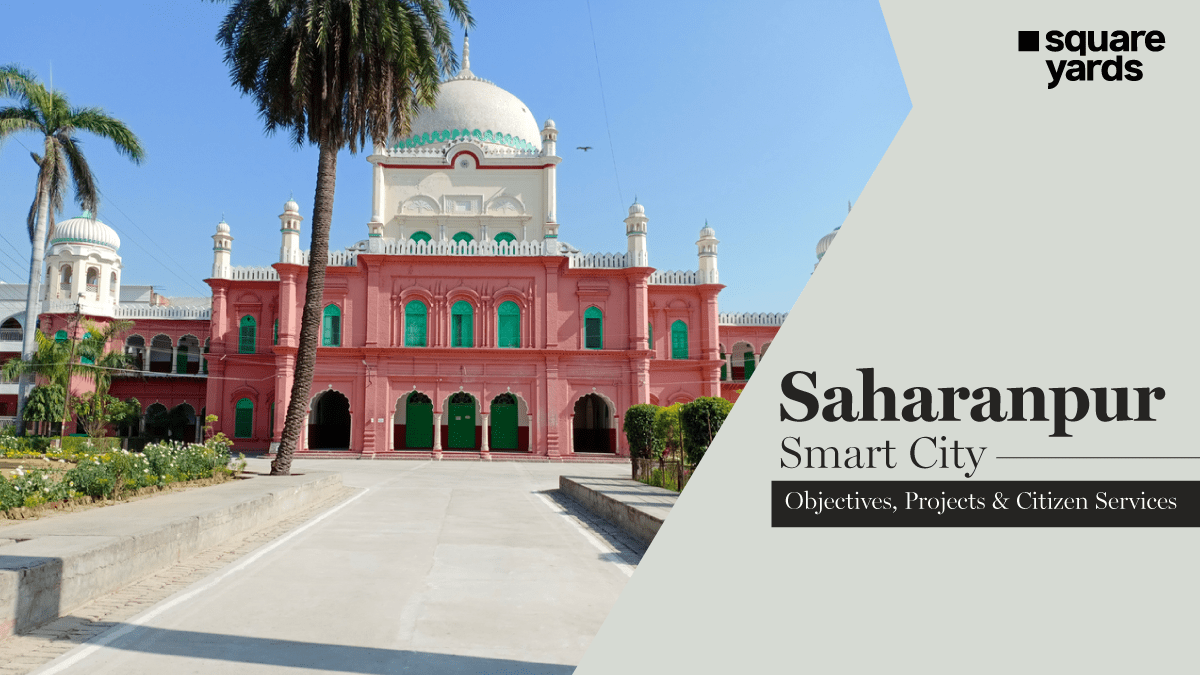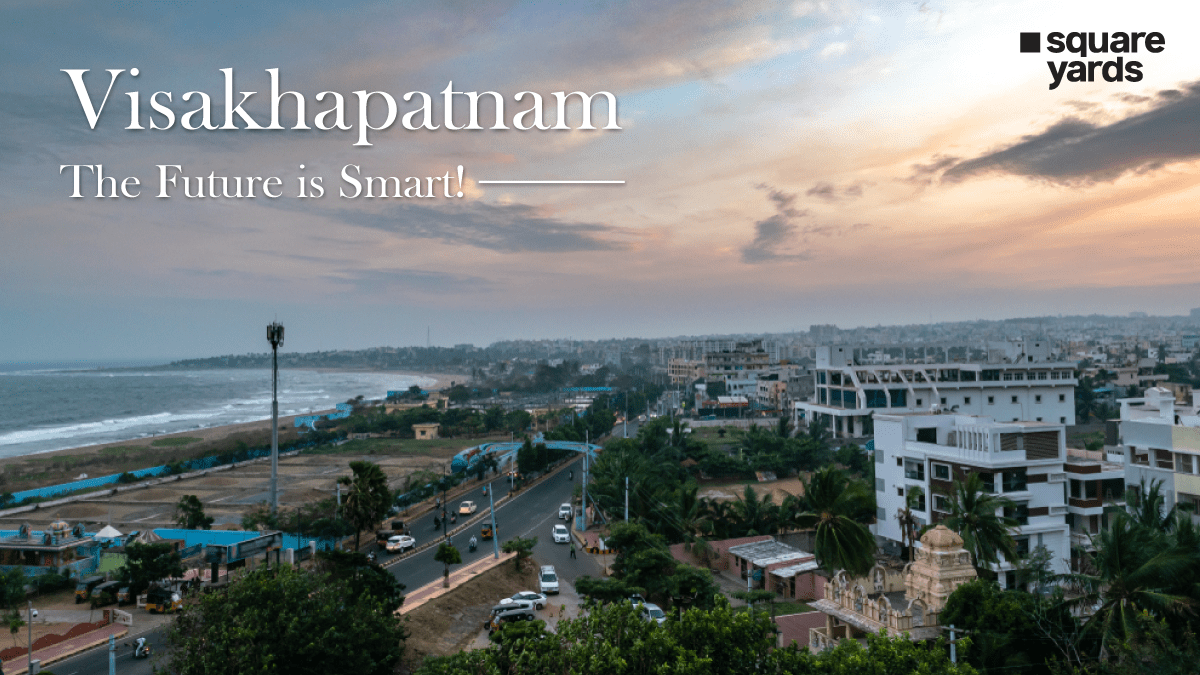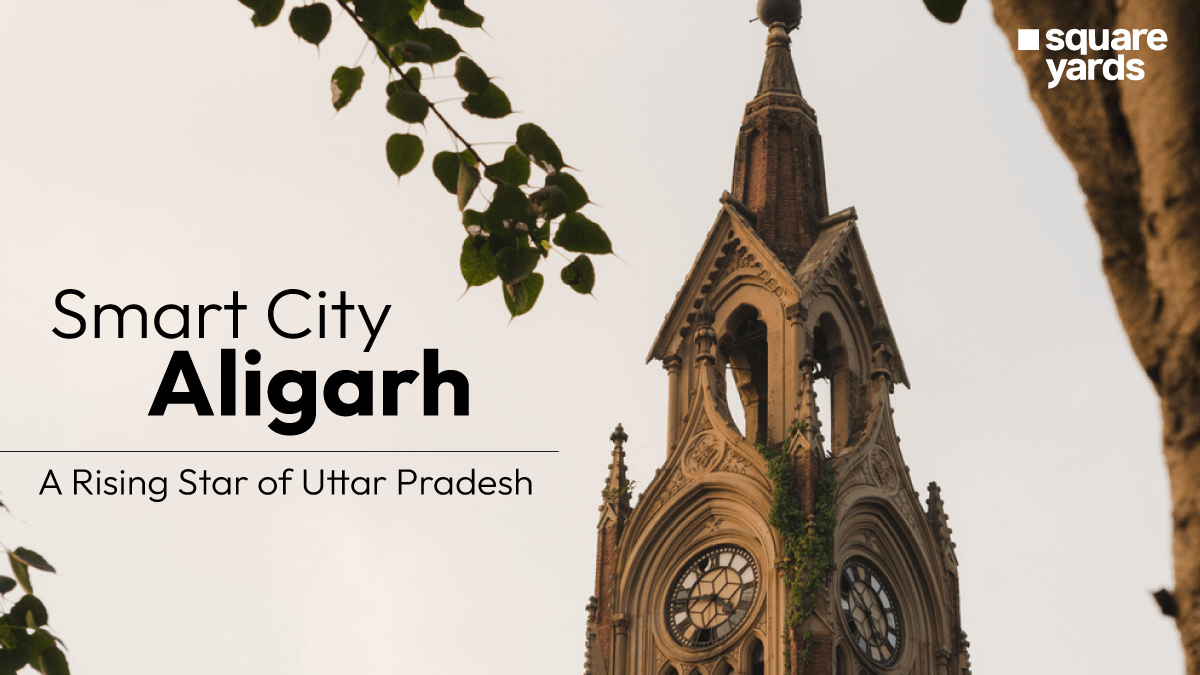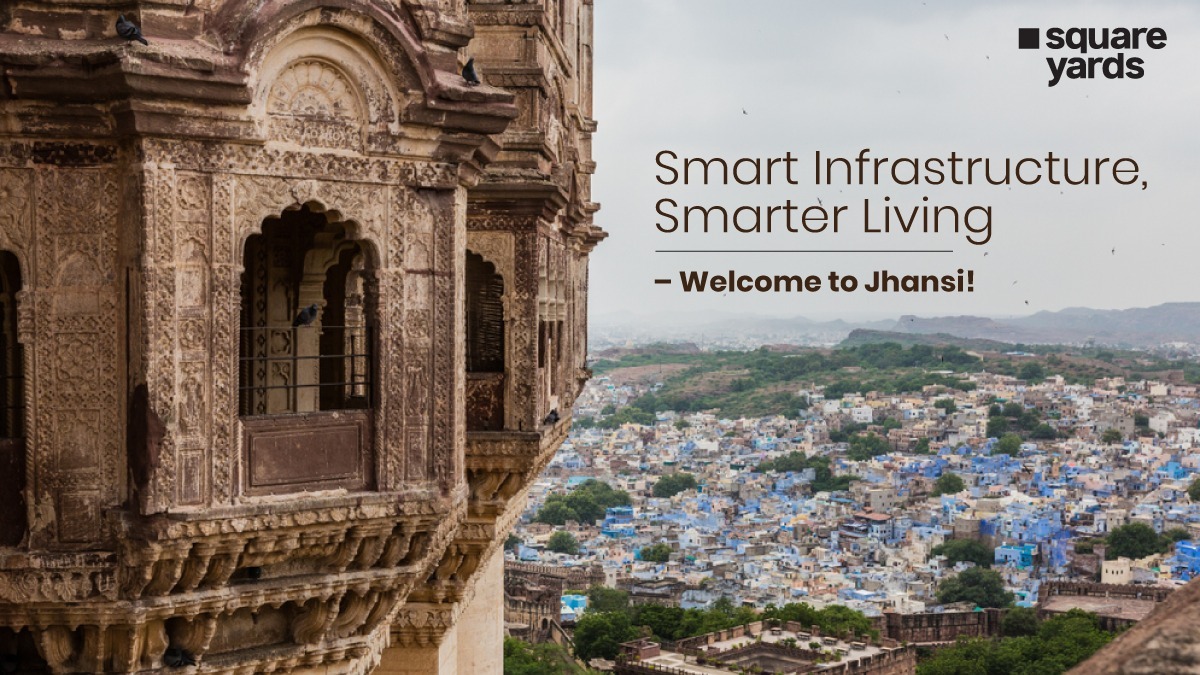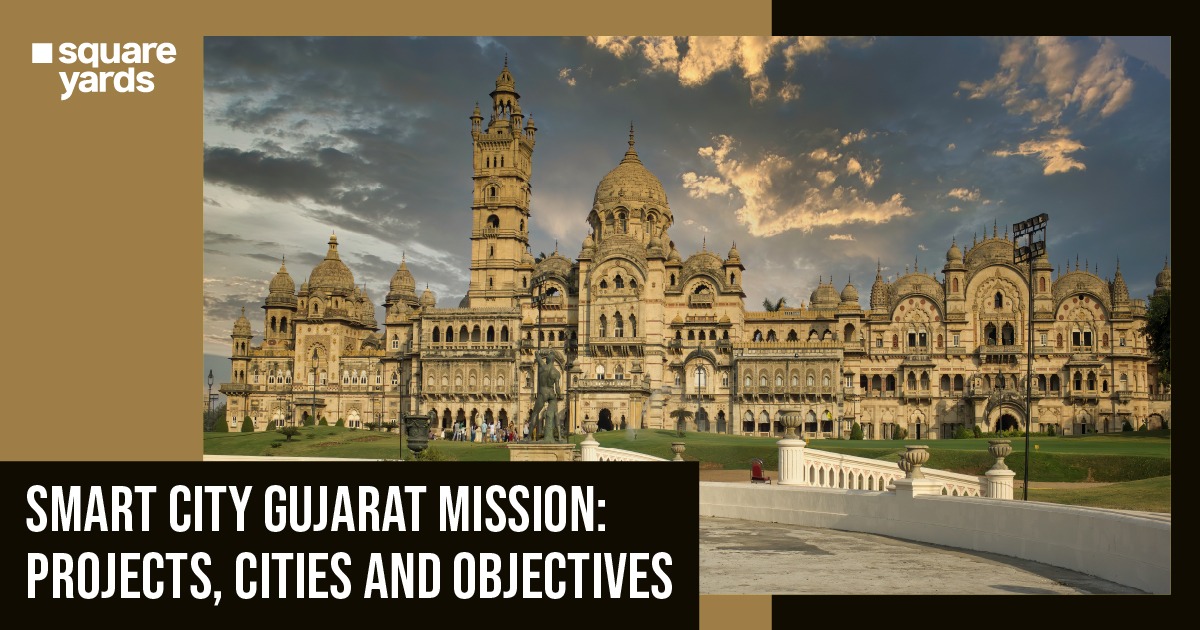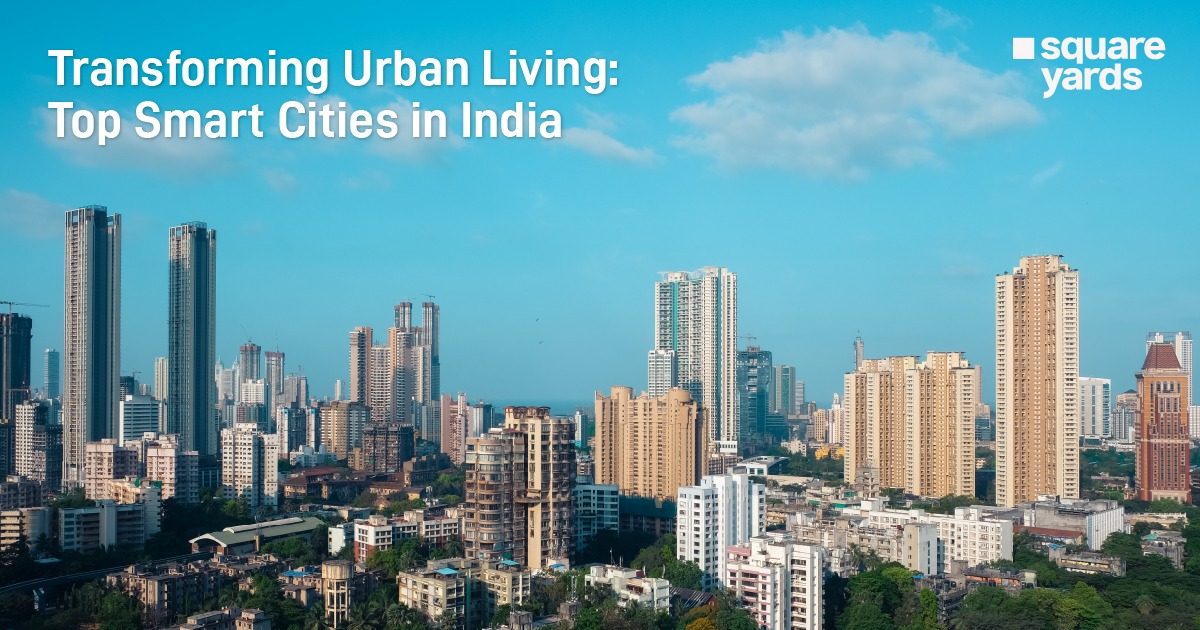The Golden Quadrilateral stands tall as one of the most comprehensive and extensive developmental plans undertaken by the Government of India. Colloquially known as the Svarnim Chaturbhuj, the Golden Quadrilateral is an incredibly complex structural development that has played a massive role in the nation’s growth.
The Golden Quadrilateral is a highway connecting numerous Indian villages to the country’s major cities. But this more contemporary approach has had a very fine impact on the tourism sector and greatly influenced how it develops. One of the fundamental requirements of this design was to connect the four major Indian cities that are at the vanguard of our nation.
Table of contents
An Introduction to Golden Quadrilateral
The Golden Quadrilateral is one of the most ambitious and well-thought-out achievements of the NDA Government. It is a 5846-km roadway intended to be among the world’s longest. The Golden Quadrilateral is essentially a web of roadways connecting the four key metropolitans of India across four directions: New Delhi in the North, Kolkata in the East, Chennai in the South and Mumbai in the West, therewith creating a quadrilateral. This is precisely why the connecting highway is known as the Golden Quadrilateral.
The highway was launched in the year 2001, and the project was undertaken by the NHDP or the National Highways Development Project. The entire infrastructure was managed by NHAI or
the National Highways Authority of India and was initiated by the then Prime Minister of India, Shri Atal Behari Vajpayee. The holistic plan for the project was completed in 1999, but it wasn’t until 2001 January that the construction same commenced. The project was supposed to be completed by 2006, but the highway was only deemed operational in January 2012. In addition to building new express roadways, the Golden Quadrilateral renovated and added four or six lanes to existing routes.
States that the Golden Quadrilateral Covers
The highway of the Golden Quadrilateral passes through the following states in India:-
| State | Distance |
| Uttar Pradesh | 756 km (470 mi) |
| Rajasthan | 725 km (450 mi) |
| Karnataka | 623 km (387 mi) |
| Maharashtra | 487 km (303 mi) |
| Gujarat | 485 km (301 mi) |
| Odisha | 440 km (270 mi) |
| West Bengal | 406 km (252 mi) |
| Tamil Nadu | 342 km (213 mi) |
| Bihar | 204 km (127 mi) |
| Jharkhand | 192 km (119 mi) |
| Haryana | 152 km (94 mi) |
| Delhi | 25 km (16 mi) |
| Total | 5,846 km (3,633 mi) |
The Project History of Golden Quadrilateral
The Golden Quadrilateral Project aimed to speed up transportation links between major cities and ports, improve market accessibility for smaller towns, lessen agricultural spoiling in transit, spur economic expansion, and encourage trucking.
On January 6, 1999, the project’s foundation stone was laid by our then Prime Minister, Shri Atal Bihari Vajpayee. It was supposed to be finished by 2006; however, there were delays brought on by difficulties with land acquisition and disagreements with contractors that needed to be renegotiated.
The Golden Quadrilateral project was initially expected to cost 600 Billion Rupees in 1999 dollars, according to the Indian government’s initial assessment. The motorway was, nevertheless, constructed on a budget. The cost expended by the Government of India was 308.58 Billion Rupees as of August 2011—roughly half of the previous estimate. In August 2011, there were eight active contracts with a total value of 16.34 billion.
India declared the four-landed Golden Quadrilateral highway network to be finished in January 2012. The conversion of the current four-lane highways to six lanes was announced in September 2009[10]. Sections of the NH 2, NH 4, NH 5, and NH 8 were given priority for a six-lane widening under the DBFO (Design, Build, Finance, Operate) scheme, and more sections would be added later. The NH 8 six-lane construction was also finally completed which was going to be between Vadodara and Surat.
Golden Quadrilateral Length and Budget
The highway has a total length of 5,846 km and is made up of expressways with four or six lanes. The project was finished for nearly half the expected expenses, or Rs 308.58 billion, instead of the initial estimate of Rs 600 billion.
Golden Quadrilateral Benefits and Objectives
The national highway system, the Golden Quadrilateral project, was laid out to link the majority of India’s important agricultural, industrial, and cultural hubs. The primary goal of these super roads is to shorten the distance and time required to travel between India’s four largest cities, New Delhi, Kolkata, Chennai and Mumbai.
The benefits of the Golden Quadrilateral are as follows:
- Enables more efficient transportation systems between ports and large cities.
- Connects to India’s key industrial, agricultural, and cultural centres.
- Improves the flow of people and goods around the nation
- Provides access to a variety of markets, which enables industrial growth and the creation of jobs in smaller communities.
- There is less waste and spoilage since farmers may transport their products to important towns and cities for sale and export.
- Increased demand for cement, steel, cement and other construction supplies due to indirect construction-related economic growth.
- Increased demand for cement, steel, cement and other construction supplies due to indirect construction-related economic growth.
- Promoting truck transportation.
Golden Quadrilateral – Way Ahead
For economic expansion and development, sufficient transportation infrastructure is a prerequisite. India is a nation that is expanding rather quickly and is severely constrained by its transportation infrastructure. Infrastructure is cited by business executives, public officials, and academics as a significant barrier to long-term growth that requires public support. Yet, there is currently little knowledge of the projects’ economic effects. Through industry-level sorting and the effectiveness of resource allocation, we investigate how proximity to a significant new road network influences the organisation of industrial activity, specifically the site of new plants.
Even after taking the four key cities that make up the quadrilateral’s nodal points out of the equation, the GQ enhancements significantly increased structured manufacturing in the neighbourhoods along the highway network. Long-distance estimates indicate that during the ten years following construction, these districts’ output levels increased by 49%.
Conclusion
For many years following our Independence, bullock carts continued to be better appropriate for Indian roads than motor vehicles. Only 334 miles of 4 roads were constructed in the 50 years that followed Independence.
While state subsidies support patronage much as service or safety, the romance of the railroad system in India could not hide the fact that it is a severely outdated infrastructure. Bridging Distances, the building of GQ has not only brought our vast nation closer together but has also sped up our country’s development.
FAQ’s
What is known as the Golden Quadrilateral?
The Golden Quadrilateral is an interstate system that links India’s key four metropolises, Delhi, Mumbai, Chennai, and Kolkata, making a quadrilateral.
Why is it called the Golden Quadrilateral?
A national highway system known as the Golden Quadrilateral links numerous important economic, agricultural, and cultural centres in India.
Who built the Golden Quadrilateral?
With the beginning of the initial phase of the National Highways Development Project, the Golden Quadrilateral, also known as the “GQ,” was the first dream project of former Indian Prime Minister Atal Bihari Vajpayee and is recognised as the largest infrastructure involvement in the roadways infrastructural sector in post-Independent India, adding 5,846 km of highways.
What is the objective of the Golden Quadrilateral?
The objective of the Golden Quadrilateral is to link the majority of India’s important agricultural, industrial, and cultural hubs.
Which is the longest highway in India?
The official length of NH 44, which spans the North-South Corridor of the NHDP, is 4,112 kilometres (2,555 miles) from Srinagar to Kanyakumari. This national roadway is the longest in India.
Who maintains the Golden Quadrilateral?
The National Highways Authority of India (NHAI), an agency of the Ministry of Road, Transport, and Highways, oversees the Golden Quadrilateral project.


